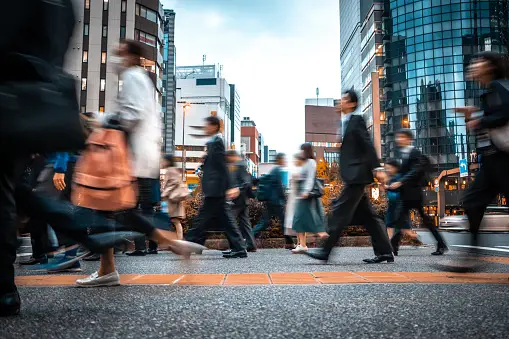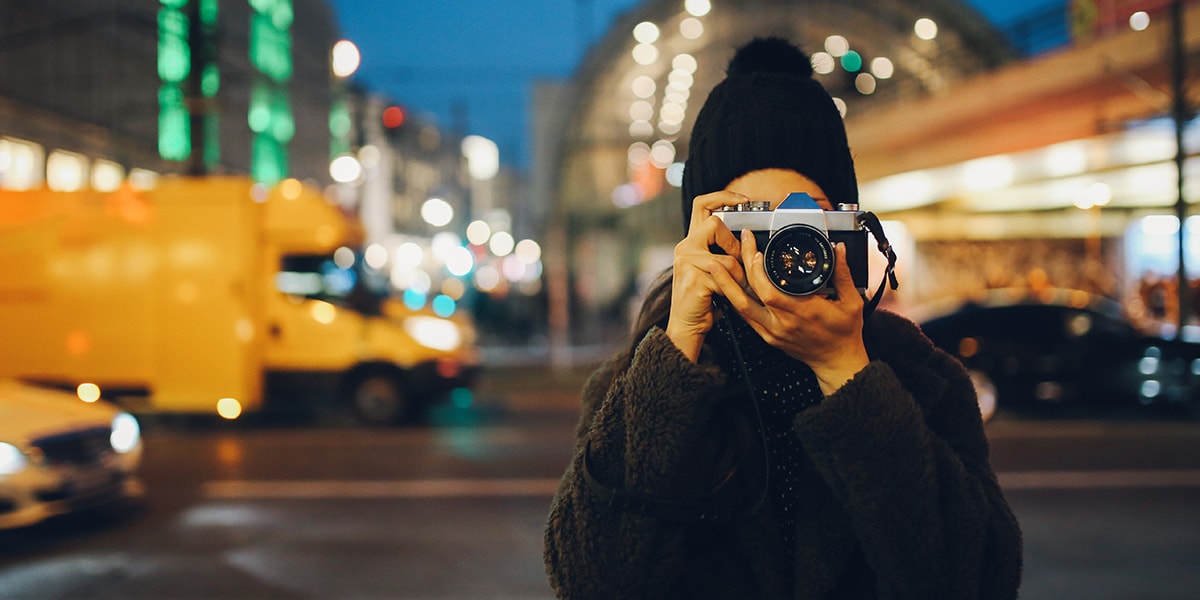What Does Street Photographers Do?
What Does Street Photographers Do?
Blog Article
The 10-Second Trick For Street Photographers
Table of ContentsWhat Does Street Photographers Mean?Rumored Buzz on Street PhotographersThe Best Guide To Street Photographers8 Easy Facts About Street Photographers Explained3 Easy Facts About Street Photographers Explained
Street professional photographers do not always have a social objective in mind, however they choose to separate and record moments which could or else go unnoticed.Though he was affected by most of those who influenced the road digital photographers of the 1950s and '60s, he was not mainly curious about catching the spirit of the road. The impulse to aesthetically record individuals in public began with 19th-century painters such as Edgar Degas, douard Manet, and Henri de Toulouse-Lautrec, who worked side by side with professional photographers trying to capture the significance of city life.
Because of the relatively primitive innovation readily available to him and the long exposure time required, he struggled to catch the pressure of the Paris streets. He explore a series of photographic approaches, trying to locate one that would permit him to record activity without a blur, and he discovered some success with the calotype, patented in 1841 by William Henry Fox Talbot. While the professional photographers' subject was essentially the same, the results were markedly various, showing the influence of the digital photographer's intent on the personality of the images he created.
Rumored Buzz on Street Photographers
Provided the fine quality of his pictures and the breadth of material, architects and musicians typically bought Atget's prints to make use of as recommendation for their very own work, though commercial passions were hardly his primary inspiration. Rather, he was driven to photograph every last residue of the Paris he enjoyed. The mingled enthusiasm and urgency of his goal shine through, leading to photographs that tell his own experience of the city, high qualities that prepared for road digital photography of the 20th century.

Unlike his peers, Brassa made use of a larger-format Voigtlnder cam with a much longer direct exposure time, forcing him to be more calculated and thoughtful in his method than he might have been if utilizing a Leica. (It is thought that he might not have had the ability to afford a Leica back visit this site then, however he did, however, utilize one in the late 1950s to take colour photos.) Brassa's photographs of the Paris underworld brightened by man-made light were a revelation, and the compilation of the collection that he released, (1933 ), was a major success.

What Does Street Photographers Do?
It is due to this fundamental understanding of the art of image taking that he is commonly attributed with rediscovering the medium around once more about a century because its development. He took photographs for greater than a half century and affected generations of photographers to trust their eye and intuition in the minute.
These are the inquiries I shall attempt to address: And afterwards I'll leave you with my own interpretation of street photography. Yes, we do. Allow's begin with specifying what an interpretation is: According to it is: "The act of specifying, or of making something definite, distinct, or clear".
No, certainly not. The term is both limiting and misleading. Seems like a road digital photography must be images of a roads appropriate?! And all road digital photographers, besides a handful of absolute newbies, will totally appreciate that a street is not the essential component to road digital photography, and in fact if it's an image of a road with maybe a few boring people doing absolutely nothing of rate of interest, that's not street photography that's a snapshot of a road.
The Buzz on Street Photographers
He makes a valid factor look at here don't you believe? Nevertheless, while I agree with him I'm not exactly sure "candid public digital photography" will capture on (although I do kind of like the term "honest photography") because "road photography" has actually been around for a very long time, with numerous masters' names affixed to it, so I believe the term is below to remain.
Inside?! I hear you yell as you shake your fist to the skies. Why not? You can contend the coastline, at a festival, in a look at this web-site street, in a park, in a piazza, in a cafe, at a museum or art gallery, in a metro station, at an event, on a bridge, under a bridge ...
Yes, I hesitate we have no selection! Without regulations we can not have a meaning, and without a definition we do not have a category, and without a category we don't have anything to specify what we do, and so we are stuck in a "regulations definition style" loop! And no-one intends to get embeded a loop. - Street Photographers

Report this page